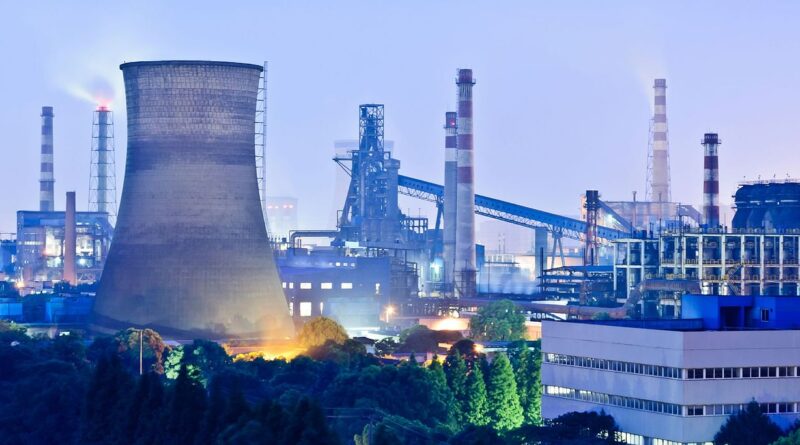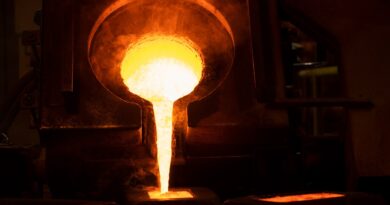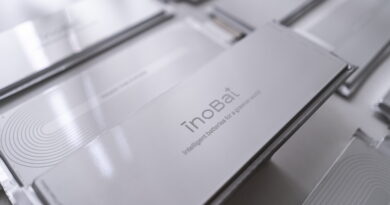Decarbonising steel making with new technologies
Making steel – the process of converting iron ore into iron and iron into steel – uses a lot of energy. Because of this – and the fact it’s used in so many things – steel making is responsible for around 8% of all global emissions. Most of these emissions are created during the industrial process transforming iron ore – the raw material – into metal.
Decarbonising the way steel is made could make a significant contribution to reducing global emissions. Rio Tinto engineers are working with experts from the University of Nottingham, England, on a promising new technology for its Pilbara iron ore which uses sustainable biomass instead of coal.
Rio Tinto knows it can work in a lab, so the next step is to scale up from testing “grams” to “kilograms”. Rio Tinto has more work to do to prove it can work, it’s optimistic this new technology could play an important part in reducing carbon emissions across the steel industry.
Here are some of the reasons why:
- It doesn’t create fossil fuel emissions – In this new process, iron ore fines are mixed with sustainable raw biomass material (like agricultural waste) and heated using a combination of gas released by the biomass and high efficiency microwaves, turning the iron ore into metallic iron.
- Fast-growing biomass offers a carbon-neutral energy source – While the biomass will release carbon dioxide when it’s used, this is offset by using fast-growing plants as the biomass source. This is because about the same amount of carbon dioxide is absorbed in photosynthesis when the plants are regrown. If you just used plants and didn’t regrow them, or if the plants grew slowly – like trees in old growth forests – the CO2 would stay in the atmosphere. So using a fast-growing, sustainable biomass source is important.
- If it’s done right, it could be a truly sustainable solution – The researchers don’t want to solve one problem and cause another. They know from talking to environmental groups that we need to consider the kind of biomass we use and how it’s produced and transported. So, they’re including this as part of their research too. And we would never use biomass that supports the logging of old growth native forests.
- The biomass used in this process doesn’t include food sources – The process doesn’t, and can’t, use food such as sugar and corn. The parts you can’t eat – the straw, stalks and leaves – contain material called lignocellulose which has the type of carbon the process needs.
- It could help Rio Tinto customers and the wider steel industry – It’s a global challenge and we want to play a part in finding solutions.
Michael Buckley likes the heat. As a materials engineer, he’s spent his career focusing on the high-temperature processes by which iron ore is converted into iron and steel: “Steel is everywhere. It builds our cities, our homes, our cars, everything. But the process of making steel from iron ore takes a lot of energy, it accounts for about 8% of all global carbon dioxide (CO2) emissions. So, for over 10 years now, I’ve been trying to figure out how to decarbonise the process – I’m leading Rio’s scientific research into a new process for producing steel from Pilbara ores that would eliminate the use of coal, and potentially be a cost-effective way for the steel industry to cut its carbon emissions.
Our process uses sustainable biomass instead of coal. We briquette the biomass with the iron ore, preheat it and then zap it with microwaves – which can be powered by renewable energy – and this removes the oxygen from the iron ore, rapidly converting it into iron metal, which can then be turned into steel.
Sustainable biomass can be sourced from agricultural by-products, like wheat straw or sugarcane bagasse, or purpose grown energy crops on marginal agricultural land, or even micro and macroalgae. Importantly the process doesn’t – and can’t – use foodstuffs such as sugar and corn, and we would never use biomass that supports the logging of native forests.
Effectively the system is carbon neutral because the CO2 emitted by the process is reabsorbed by the fast-growing biomass that we use – and this is often referred to as “circular carbon”.
We know our process works well at the laboratory scale, and we’re excited to now be testing it in a small-scale pilot plant in Germany, with the aim to scale it up further to commercial size.
It means a lot for our partners at the University of Nottingham as well to be taking it to this next stage. They’ve been with us on the journey all the way from those first two metal balls. It’s new territory for us all, we’re learning a lot and having a lot of fun.
It’s still early days and we have more work to do to prove it can work. The next couple of months will be key in terms of proving up the basics of the technology! But if we’re successful, it could play an important part in reducing carbon emissions across the steel industry.”
Rio Tinto Group is an Anglo-Australian multinational and the world’s second-largest metals and mining corporation, behind BHP, producing iron ore, copper, diamonds, gold and uranium.




